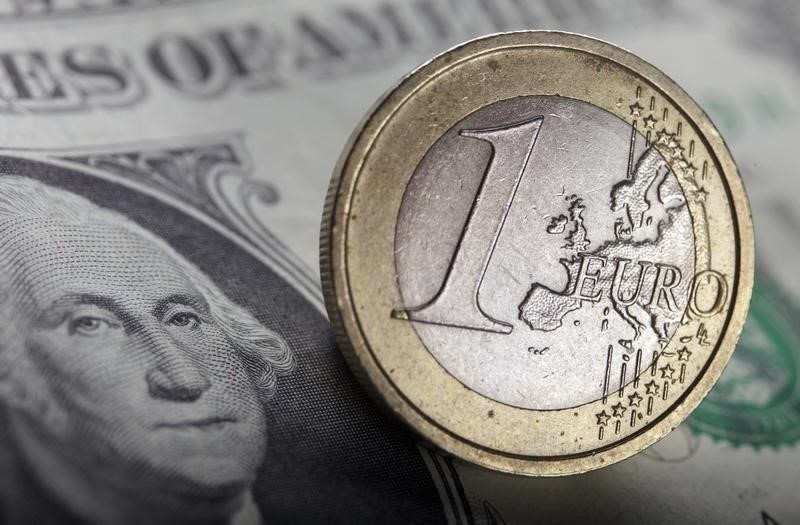
While the single European currency "digests" the news about the possible expansion of import duties on goods from the EU by the United States, as well as about Italy's readiness to reduce the size of the state budget deficit, distribution of key posts is in full swing in the Old World. As previously expected, the position of head of the ECB will be a kind of consolation prize and can go to the Managing Director of the IMF Christine Lagarde.
According to experts of Morgan Stanley, if she will replace Mario Draghi, then there will be another round of quantitative easing (QE) in the EU.
According to experts, despite the fact that Lagarde has no experience in the banking system, she can cope with the role of a "firefighter" in difficult economic conditions.
It is not clear what the ECB can do in the first place – to revive QE or lower rates, but if Brussels does not want to aggravate relations with Washington, the first option is the most profitable.
The reduction of rates by the ECB may serve as a reason for Donald Trump's accusations of the European regulator in currency manipulation. The White House has already announced the expansion of the list of goods (from $17 billion to $21 billion) supplied to the United States from the EU and subject to potential duties in connection with the case of allegedly illegal subsidies to Airbus. Thus, Washington and Brussels are on the verge of a trade war, which could turn into a currency war.
Yesterday, it became known that Italy, seeking to avoid EU sanctions, decided to reduce the budget deficit from 2.4% to 2.04% of GDP. Reducing political risks in the Old World is an important factor in supporting the single European currency, but when it comes to divergence in monetary policy, it is relegated to the background.
Barclays believes that the Fed has much more room for maneuver than the ECB, whose ability to further stimulate economic growth in the eurozone seems limited.
"We believe that the Fed will reduce the interest rate three times – by 75 basis points. The ECB will reduce the rate on deposits also three times, but only by 30 basis points," Barclays strategists said.
They expect the EUR/USD pair to drop to 1.11 by the end of this year, fall to 1.08 in the first quarter of 2020, and fall to 1.06 in the second.
The bank notes that Brexit, the fiscal sustainability of Italy, as well as the possibility of introducing new duties on European goods by Donald Trump suggest risks that the scale of the fall of the EUR/USD pair will be more significant.





















